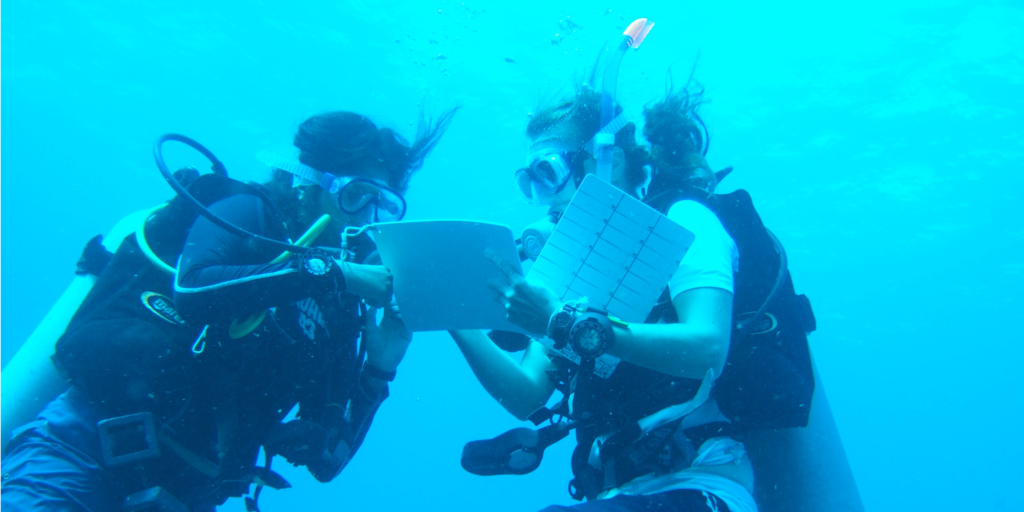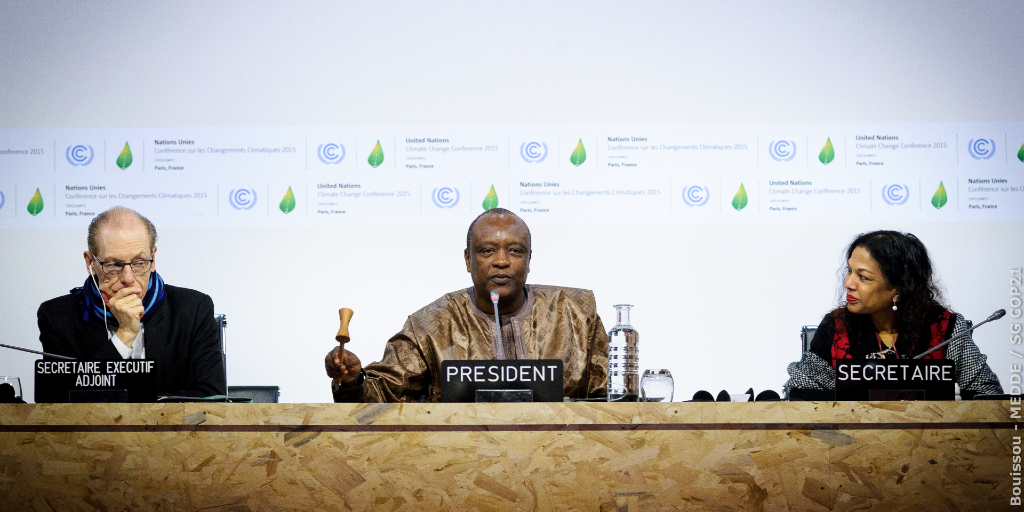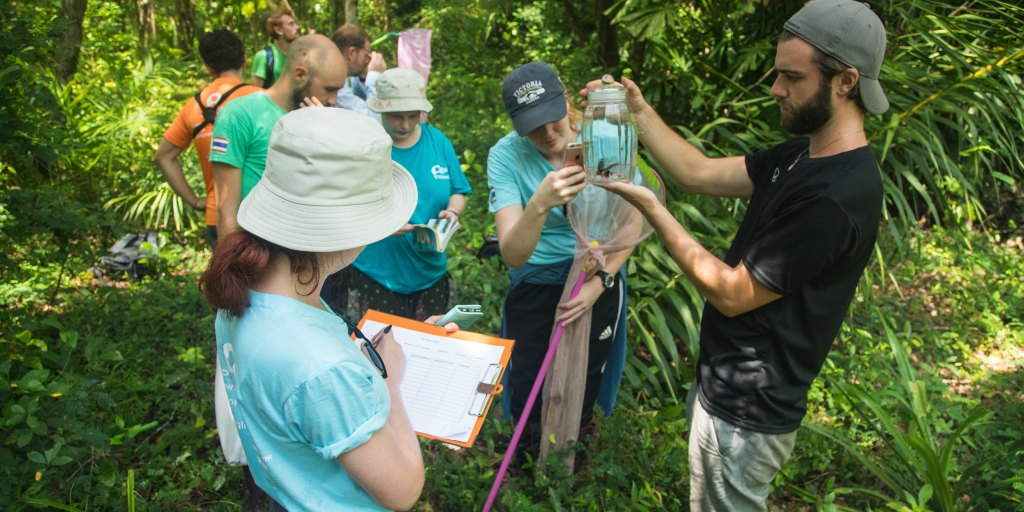GVI
Posted: July 18, 2024

Posted: November 26, 2021
The images in this article were taken pre-COVID-19.
Biodiversity in an ecosystem is a sure sign that the ecosystem is thriving. Through evolving biodiversity research, scientists investigate the interspecies dynamics in these high-functioning ecosystems to learn how other ecosystems might thrive, too.
A biodiverse ecosystem – one with a variety of plant and animal species in it – means the environment is capable of supporting an abundance of life. Biodiverse ecosystems present important clues; they help researchers gain insight into how biodiversity can be regenerated and increased in less healthy ecosystems.
So, by undertaking biodiversity research, scientists can find sustainable solutions to challenges facing the world’s natural habitats. They’re able to advise on conservation and other environmental actions that could increase biodiversity and, in turn, climate issues.
How does biodiversity research practically become conservation action? Let’s look into the microscope.

Biodiversity research involves assessing, analysing and monitoring ecosystems to better understand their needs. This data acts as a springboard for conservationists to develop relevant and effective biodiversity conservation programs.
There are four types of biodiversity that need to be considered in every ecosystem:
Of course, these areas of biodiversity research create four unique focuses when data is collected. But all four need to be considered together for any conservation efforts to be effective.

Original image: “Conference of the Parties serving as the meeting of the Parties to the Kyoto Protocol (CMP11)9” by COPPARIS2015 is licenced under CC0 1.0
Every two years, 150 world leaders who form the COP, or the Conference of the Parties, meet at the Convention on Biological Diversity to drive forward the United Nations’ framework for protecting and restoring the world’s biodiversity.
Some biodiversity research topics discussed at the 2021 Convention on Biological Diversity include:
These and other important biodiversity research topics are continuously building on the post-2020 Biodiversity Framework – a plan that guides leaders of governments toward the goal of humans truly living in harmony with nature by 2050.

Although there’s tons of biodiversity research on the go all over the world – which means plenty of opportunities to volunteer – be sure that you’re getting involved in scientifically-sound, relevant and ethical work.
This applies whether you’re looking to get into wildlife or marine biodiversity research.
You can prepare yourself by working through scientific journals that publish findings on biodiversity research topics, like the Biodiversity Data Journal or Nature.
Want a useful tip when dealing with any research journals? Check the journal’s impact factor. Think of this as a tool that measures how often the journal’s articles are referenced in other research, showing you how valuable its contents are.
And, when you’re ready to get involved in hands-on research yourself, why not join a research internship program? GVI offers volunteer abroad programs, online courses and internships in Africa, Asia, Europe and Latin America that include wildlife and marine biodiversity research.

All of GVI’s programs are guided by the United Nations Sustainable Development Goals. And, our biodiversity research is conducted in collaboration with local and international research partners – giving you access to programs led by experts in their field.
Find our Impact and Ethics report here.
Check out GVI’s wildlife and marine biodiversity research programs and see how you can add to the momentum.
GVI
Posted: July 18, 2024